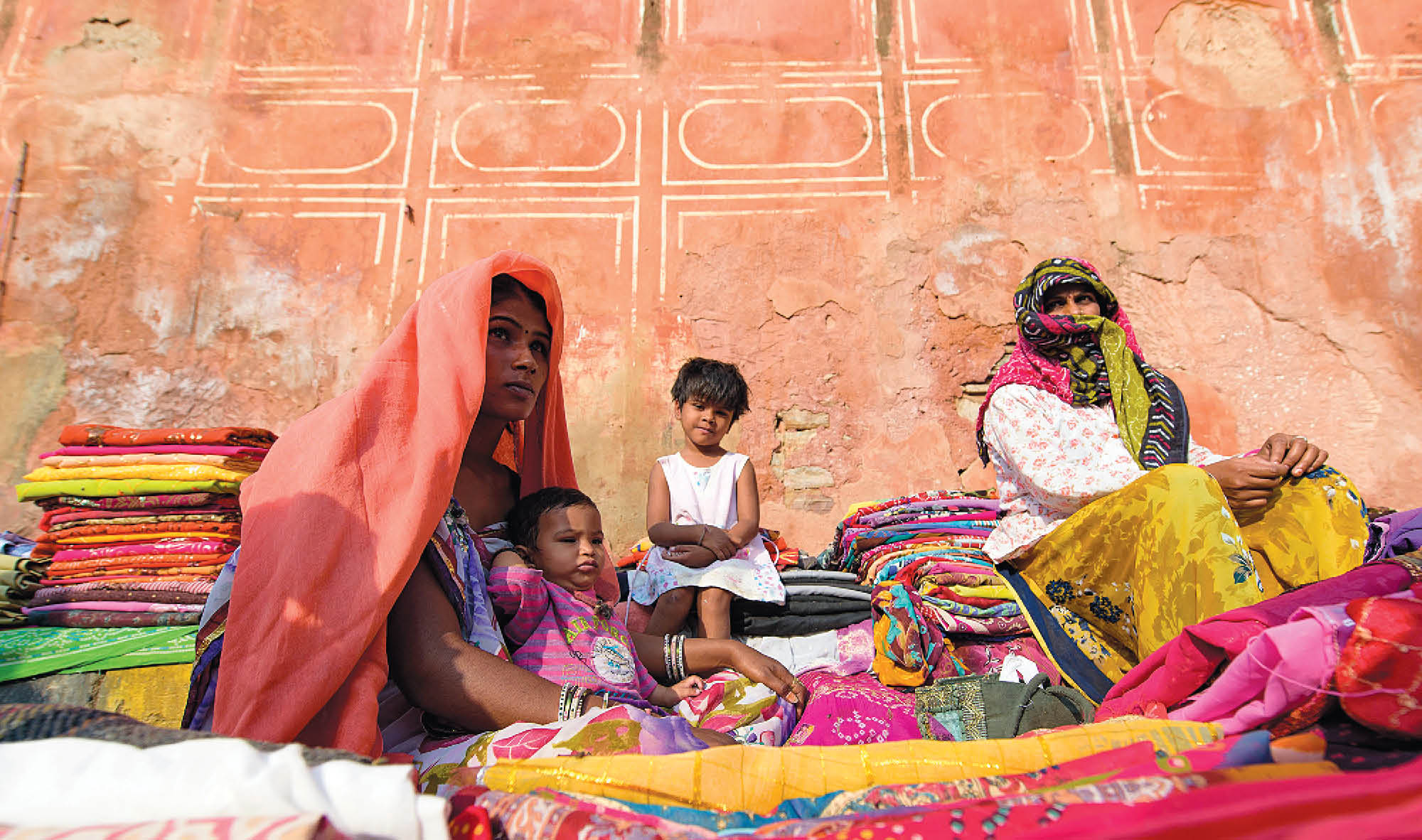Lessons on closing the gender pay gap

About half the world’s population is self-employed, and self-employed women earn about half as much as men, according to the World Bank. Social economists long believed that increasing women’s access to capital would shrink the earnings gap.
But in developing countries, new cash influxes often went to shore up the businesses of men—whereas the women’s businesses often stayed flat.
“Women everywhere face unique constraints, and a one-size-fits-all solution sometimes can lead to positive benefits for men but not for women,” says Assistant Professor Solène Delecourt.
“The women tell us they want to be closer to home; they’re concerned about safety getting home after dark and worry whether their husbands will suspect them of having affairs if they’re late.”
In three new studies, Delecourt and colleagues looked at why women-owned businesses in Uganda, Kenya, and India underperform men’s.
Delecourt teamed with Anne Fitzpatrick of UMass to study small pharmacy owners in Uganda. While none of the men had children at work, about a third of the women were balancing childcare while running their businesses. They earned less than half as much as women without children on-site, the researchers found.
In another study, Delecourt, Fitzpatrick, and others traced 12% of the earnings gap among small shop owners in Western Kenya to one source: location. The stores run by women were typically farther from busy town centers; some were home-based.
The reasons are firmly rooted in gender roles. “The women tell us they want to be closer to home; they’re concerned about safety getting home after dark and worry whether their husbands will suspect them of having affairs if they’re late,” Delecourt says.
In a third study in the market in Jaipur, India, Delecourt and Odyssia Ng of the World Bank set up six shops in prime spots with identical inventories. They recruited 282 vendors—half men, half women—to run them for a day. They found that male shoppers were just as likely to buy from a female vendor as women were to buy from a male vendor, and there was no difference in earnings.
“What we saw dispels much of the bias about women in business,” says Delecourt. “If women are given the same business—in this case a functioning, well-stocked, well-located store—then their stores perform as well as men’s.”
Everyone pays a price for the constraints on women’s earning power, says Delecourt. Less money means fewer opportunities for children and has an outsized impact on the economies of their countries.
Women the world over face a gender pay gap—but not always for the same reasons. Solutions, then, need to be tied to specific locales. “My hope is that by identifying women-specific constraints, we’ll be able to test tailored solutions to address them,” Delecourt says.